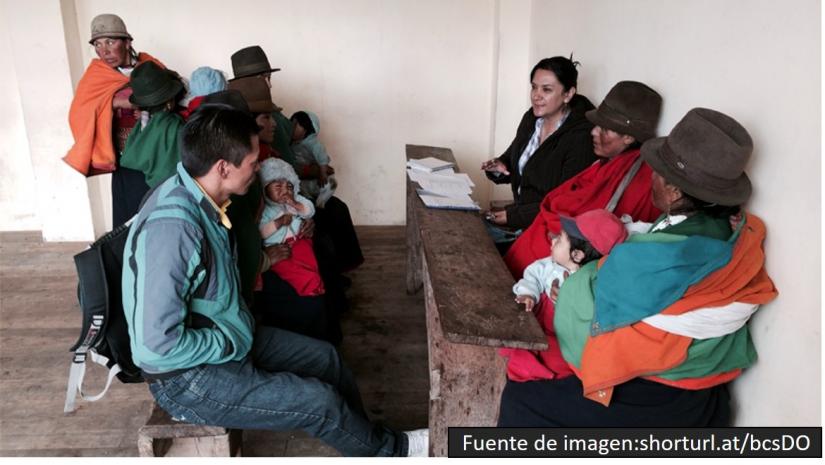Text Messaging for Nutrition
Can a mere text message help boys and girls access a healthy diet? The Text for Nutrition Messaging program in Chimborazo, Ecuador, believes the answer is yes. Based on behavioral economics principles, the project seeks to reach out to rural homes and provide information to help improve caregivers’ practices and tackle the region’s high levels of child malnutrition. This initiative has adapted its messages content to reach both fathers and mothers, since in this area’s households cellphones are owned mostly by men. It takes an innovative approach by using extant technology and adapting content in whatever way it sees fit with the aim to change families behavior at low cost.
Problematic
In 2012 Chimborazo was the region with the highest malnutrition rates in Ecuador. Today, it continues to be a problem with different facets: most of the families in the area live in poverty, without proper access to water and sanitation, and with limited access to medical services that children badly need for their healthy development, particularly in their first 3 years of life. These conditions also explain the lack of information available at homes about the importance of micronutrients consumption for children’s development. There still exist insufficient initiatives aimed at informing and empowering caregivers in vulnerable areas.
Solution
Given their low cost and need of only basic technology to disseminate information, text messages have a strong potential in environments like Chimborazo. Over a 14-month period, participating families received 75 text messages containing different kinds of information, depending on what group they were targeting: some messages encouraged parents to take their children to medical checkups, others to include essential nutrients in family meals, others to seek new ways to diversify children’s diets, and still others to promote safe drinking water consumption and good handwashing habits.
Evaluation and Impact
In order to evaluate this program’s impact, a random control trial was conducted in which 2,000 families were assigned to 5 different groups that received text messages, while 1,000 families of similar characteristics were allocated to a control group that did not receive text messages. The children in the homes that did receive the text messages gained weight and were less sick than those from families that received no messages. The good news: the tiny effort required to send a text message can make a huge difference.
